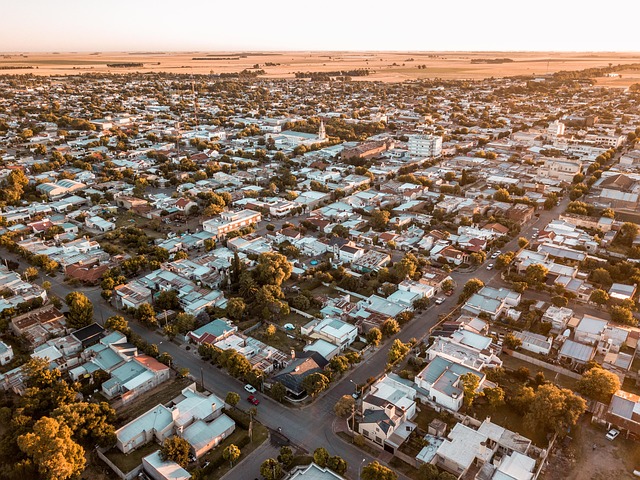A thorough site assessment is crucial for real estate development, considering zoning, utilities, soil conditions, environmental impact, and legal regulations. Uncovering hidden potential through these evaluations guides informed investment decisions, ensures project feasibility, and maximizes long-term asset value in the competitive real estate market.
Before diving into the competitive real estate market, a crucial step is evaluating development sites. This article guides you through essential considerations when purchasing land. Discover hidden potential, understand environmental impacts, and navigate legal complexities with ease. Learn how assessing site suitability can be a game-changer for your real estate ventures, ensuring a smooth transition from buyer to developer. Uncover the secrets of successful land acquisition in this comprehensive guide.
Assess Site Potential: Uncover Hidden Gems

Before plunging into the world of real estate development, it’s crucial to assess the potential of a site. This involves more than just examining its size and location; it requires a deeper dive into its hidden gems. Consider factors like zoning regulations, access to utilities, and underlying soil conditions. These aspects can significantly impact your project’s feasibility and future value.
By uncovering these concealed elements, you gain valuable insights that might make or break your development plans. For instance, a site with excellent accessibility could be a prime location for a residential complex, while a plot with unique geological features might be ideal for sustainable energy initiatives. Assessing site potential is thus not just a step but a crucial strategy to ensure your investment pays dividends in the long run.
Environmental Impact: Protecting Nature's Balance

Before purchasing a development site, it’s crucial to consider its environmental impact. The real estate sector plays a significant role in shaping our landscapes and ecosystems. Every construction project has the potential to disrupt local habitats, contribute to carbon emissions, or lead to soil and water pollution. Therefore, assessing the environmental health of a prospective site is not just an ethical consideration but also a strategic one for developers and investors.
This evaluation should encompass examining the biodiversity on-site, understanding existing ecological threats, and gauging how development plans might affect surrounding ecosystems. Developers can adopt sustainable practices to mitigate these impacts, such as implementing green infrastructure, preserving natural habitats, and using eco-friendly building materials. Prioritizing environmental stewardship not only protects nature’s balance but also enhances the long-term value of real estate assets.
Legal and Zoning: Navigating Regulations Smoothly

Before purchasing a development site, understanding the legal and zoning regulations is crucial for any real estate investor or developer. These rules govern how land can be used, ensuring that developments align with community standards and environmental considerations. Each area has its own set of guidelines, from building codes to permitted land uses, which can significantly impact your project’s feasibility and scope.
Navigating these regulations requires careful research and consultation with experts. It’s essential to check local government websites for zoning maps and ordinances to comprehend the restrictions and permissions specific to the site. Engaging with architects, engineers, or real estate attorneys who specialize in such matters can help ensure that your development plans comply with legal requirements, avoiding costly delays or legal issues down the line.






